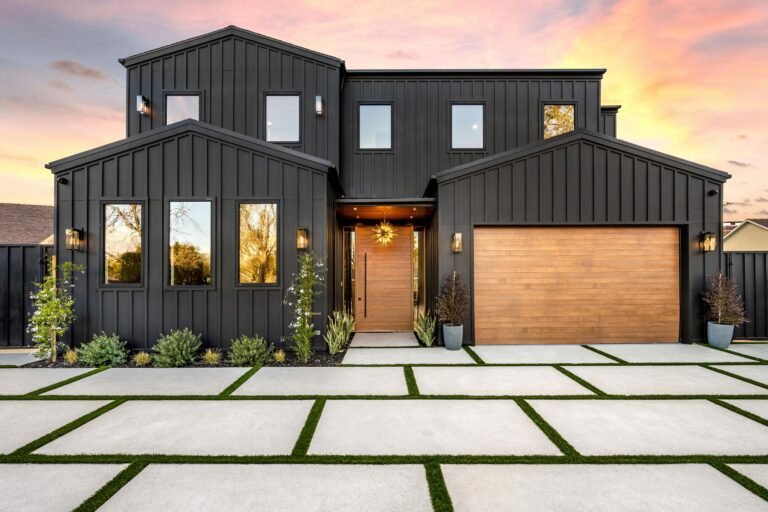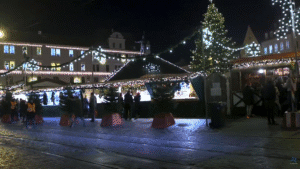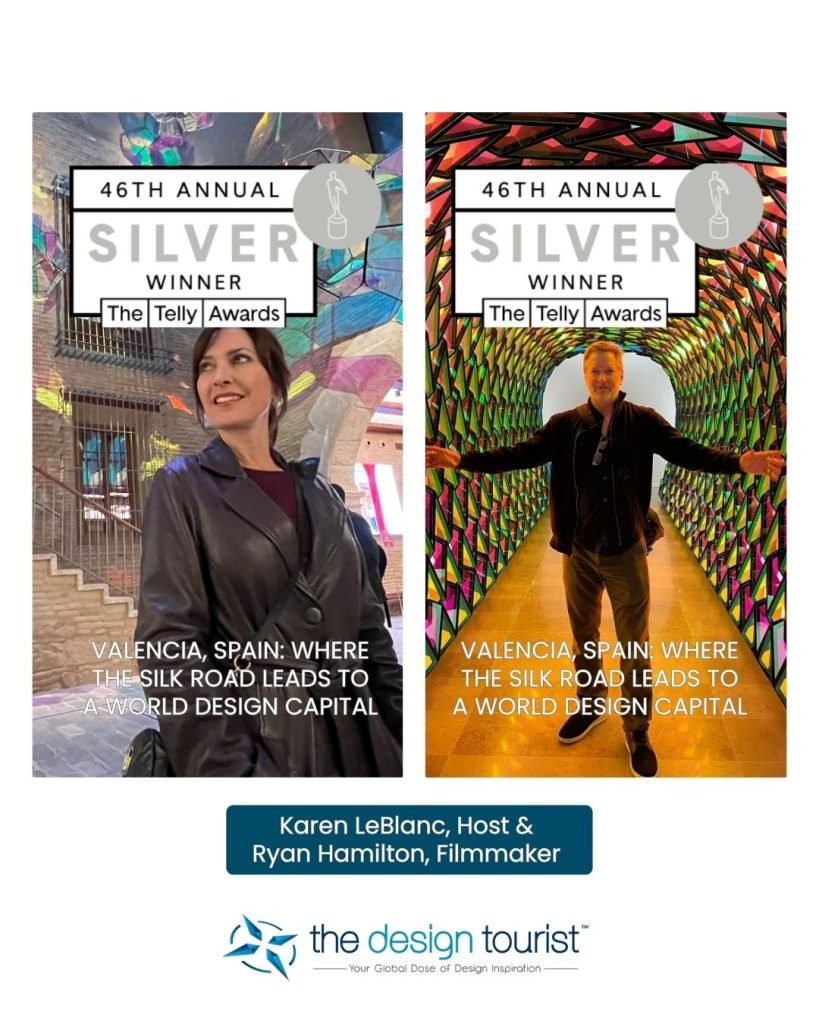Picture this: you’re scrolling through property listings, and suddenly one catches your eye – not because it’s built yet, but because the visuals are so stunning you can already imagine living there. That’s the power of professional 3D visualization at work. Property developers who embrace photorealistic CGI are selling units 40% faster than competitors still relying on blueprints and imagination, according to a 2024 National Association of Home Builders study.
Why Architectural Visualization Changes Everything
Back in 2019, a Miami developer I worked with struggled to pre-sell luxury condos from floor plans alone. Potential buyers couldn’t envision the final product. After investing $15,000 in real estate rendering services, they sold 67% of units before breaking ground. Not magic – just smart marketing.
The financial impact speaks volumes. Research from Luxury Portfolio International reveals that properties marketed with professional 3D renders receive 87% more inquiries than those without. Developers can now secure financing easier, as banks increasingly demand photorealistic visuals before approving construction loans. You’re not just creating pretty pictures; you’re building investor confidence.
Honestly speaking, the technology has evolved beyond recognition. What cost $50,000 per project in 2015 now runs between $3,000-$8,000 for comprehensive visualization packages. Modern rendering software like V-Ray and Unreal Engine produces results indistinguishable from photographs. Some clients literally can’t tell the difference.
“Quality architectural rendering isn’t an expense – it’s an investment that typically returns 300-500% through faster sales cycles and premium pricing.” – Sarah Chen, Real Estate Marketing Director at Cushman & Wakefield
The process itself fascinates me. Professional rendering companies transform your architectural plans into immersive experiences. They consider everything:
- Accurate lighting simulation based on geographical location and time of day
- Realistic material textures from marble countertops to wooden flooring
- Landscaping details including seasonal vegetation and weather conditions
- Contextual surroundings showing neighborhood integration
- Human elements and lifestyle staging that help buyers connect emotionally
These elements combine to create what industry professionals call “emotional architecture” – visuals that don’t just show a building, but tell a story about the life awaiting inside. Developers using this approach report 23% higher closing prices compared to traditional marketing methods.
Commercial Applications That Drive ROI
Real estate agents discovered something interesting. Virtual staging through CGI costs $99-$299 per room versus $2,000-$5,000 for physical staging. But here’s the kicker – it performs nearly as well, with digitally staged properties selling 73% faster than vacant ones according to the Real Estate Staging Association’s 2024 report.
Large-scale developers leverage architectural rendering services differently. They create entire marketing campaigns around unrealized projects. Interactive 360-degree tours, flythrough animations, and VR experiences built from CGI allow international investors to “walk through” properties from anywhere. A Singapore investment firm recently purchased $45 million in Toronto condos without visiting the site – rendered visuals sealed the deal.
The commercial rendering market segments into distinct categories. Exterior visualization showcases building facades, surrounding infrastructure, and community integration. Interior rendering focuses on unit layouts, finishes, and spatial flow. Some projects demand both, particularly mixed-use developments combining residential, retail, and office spaces.
Frankly, the most successful projects I’ve observed share common traits. They invest in multiple viewing angles, showing properties during golden hour when natural light flatters architecture. They include people and cars to establish scale. They render different seasons, helping buyers imagine year-round living. These details separate amateur work from professional-grade visualization.
“We’ve seen projects increase their valuation by 15-20% simply by presenting them with high-quality CGI during the planning approval phase. Municipalities respond more favorably when they can visualize community impact.” – Michael Torres, Urban Planning Consultant
Technical Excellence Meets Marketing Strategy
What makes certain real estate rendering projects stand out? Technical precision combined with marketing psychology. Professional rendering companies employ architects and 3D artists who understand both structural accuracy and emotional appeal. They know that kitchens should feel warm and inviting, while lobbies need to project sophistication.
The rendering pipeline involves several stages. Initial modeling translates architectural drawings into three-dimensional forms. Texturing adds realistic surface materials – everything from concrete grain to glass reflections. Lighting setup mimics natural and artificial illumination patterns. Finally, post-production enhances colors and adds atmospheric effects like fog or sun rays.
Leading firms now offer additional services that complement core rendering work:
- Virtual reality walkthroughs compatible with Oculus and HTC Vive headsets
- Animated flyovers demonstrating site approach and neighborhood context
- Interactive configurators letting buyers customize finishes in real-time
- Augmented reality apps overlaying proposed buildings onto existing sites
These technologies aren’t gimmicks. A Chicago developer using VR tours reduced their sales center costs by 60% while maintaining conversion rates. Buyers could explore properties from home, then visit only when seriously interested. Not everyone needs a physical sales office anymore.
Quality matters more than quantity. One perfectly executed photorealistic rendering outperforms ten mediocre ones. The best companies limit their client roster to ensure attention to detail. They conduct site visits, study local architecture, and research target demographics. They’re creating marketing tools, not just images.
Future Trends Reshaping Property Visualization
Artificial intelligence entered the rendering space recently, and the results are remarkable. AI-powered tools can now generate multiple design variations in minutes, helping developers test different aesthetic approaches before committing. Some software predicts which renderings will perform best based on demographic data and past campaign analytics.
By the way, sustainability visualization has become crucial. Modern renders increasingly showcase green features – solar panels, rainwater collection systems, green roofs, and energy-efficient designs. Millennials and Gen Z buyers prioritize environmental responsibility, and visuals reflecting these values resonate strongly. Properties emphasizing sustainability in their CGI marketing report 31% higher interest from buyers under 40.
The metaverse represents an emerging frontier. Several developers have created virtual property showrooms in platforms like Decentraland and The Sandbox. While still experimental, these spaces allow global audiences to explore developments in shared virtual environments. Early adopters report strong engagement metrics, particularly from international buyers.
Cost-effectiveness continues improving. Cloud-based rendering farms process projects faster and cheaper than ever. What required overnight processing in 2020 now completes in hours. This speed enables rapid iteration – developers can request changes and see updated visuals within days, not weeks.
The most exciting development? Real-time rendering engines. Technologies borrowed from video game development now allow instant visualization adjustments. Change wall colors, swap furniture, adjust lighting – all happening live during client presentations. This interactivity transforms static sales pitches into collaborative design experiences.
Smart developers recognize that professional property visualization isn’t optional anymore – it’s fundamental to competitive marketing. Whether you’re developing luxury condos, suburban housing, or commercial complexes, quality CGI separates your project from competitors. The question isn’t whether to invest in rendering services, but which company delivers the expertise your project deserves.


































